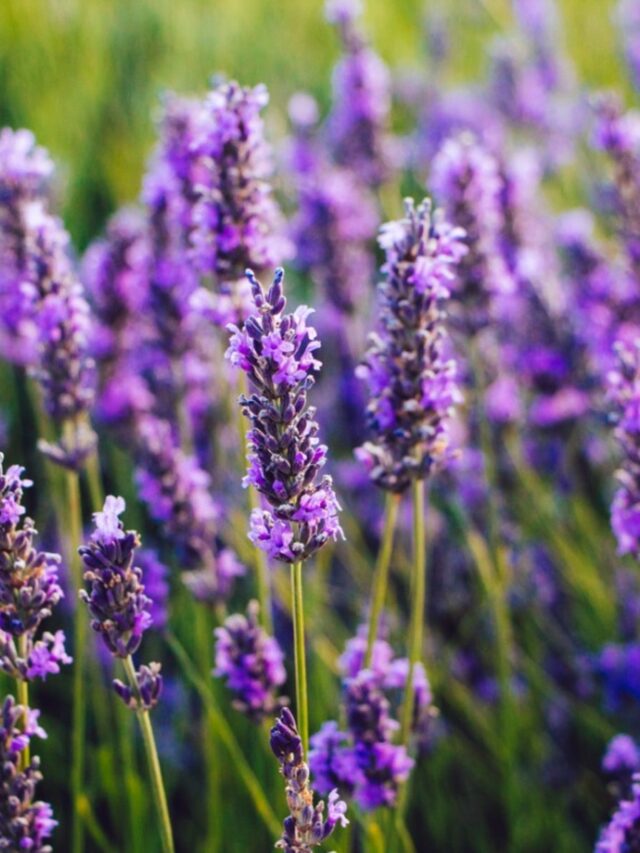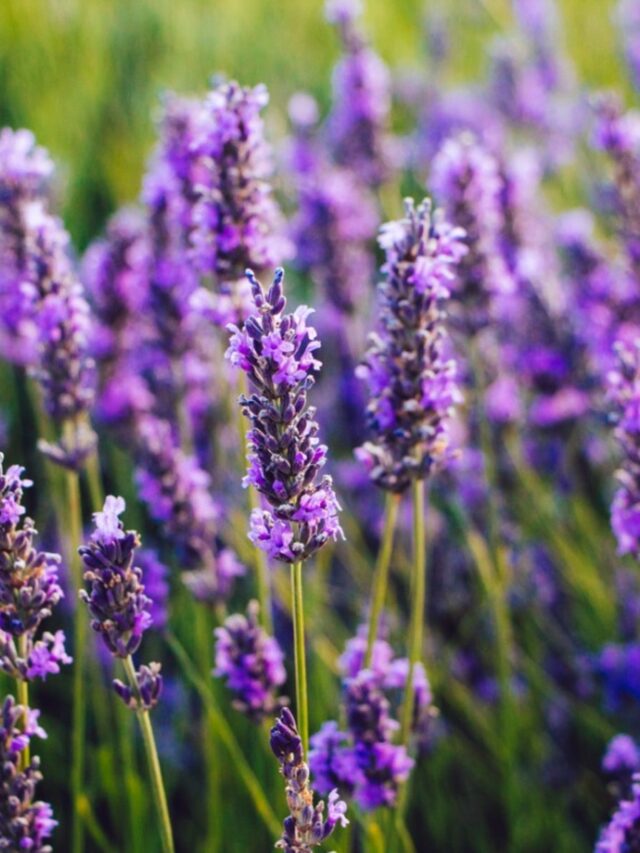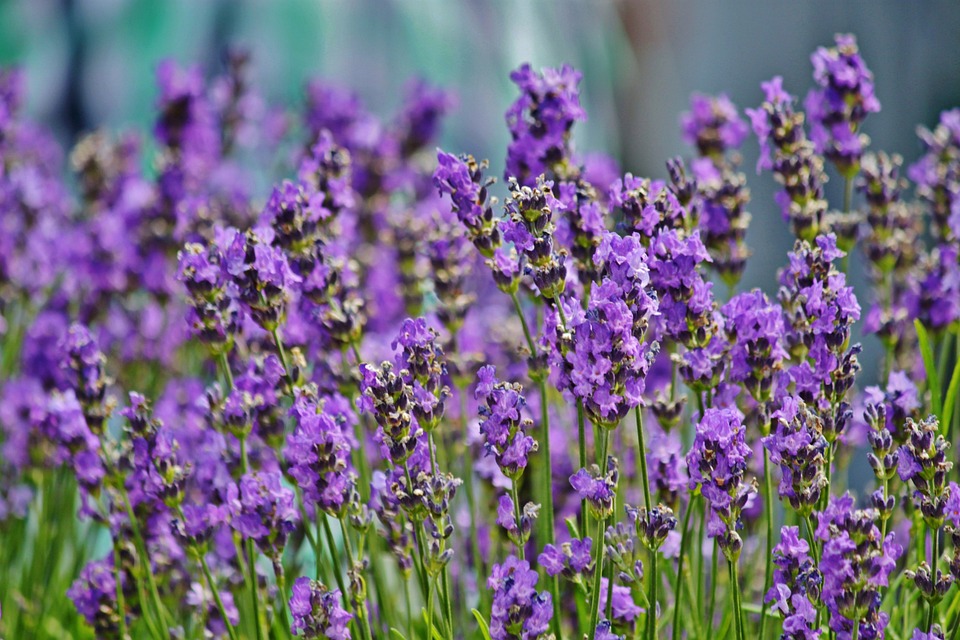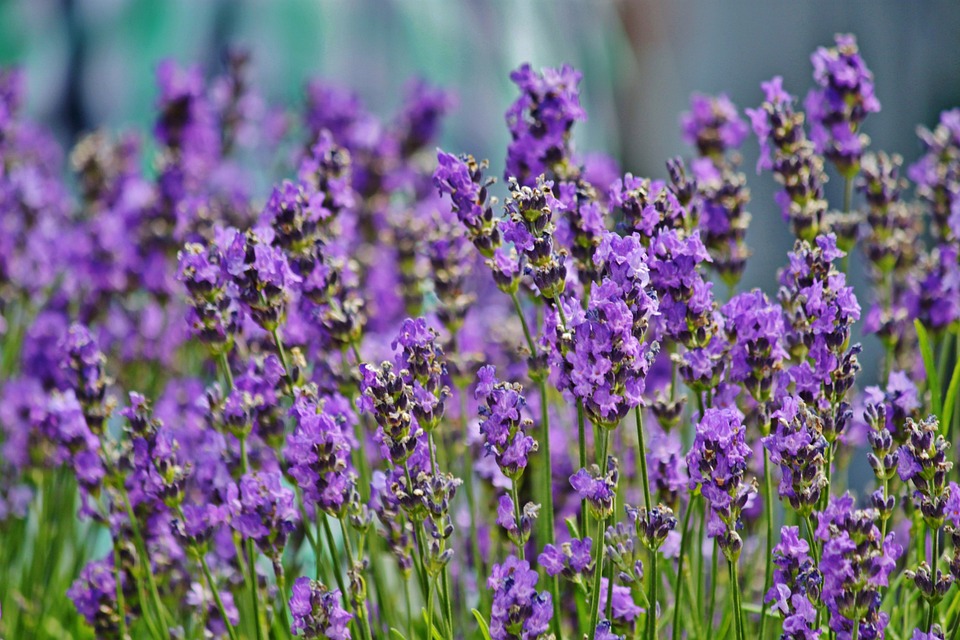Pollinators such as bees, butterflies, and hummingbirds play a crucial role in our ecosystem by facilitating the reproduction of plants.
As gardeners and stewards of our environment, one of the best ways we can support these essential
creatures is by planting perennial flowers that attract and nourish them throughout the seasons.
Perennial flowers are a wonderful addition to any garden because they come back year after year, providing reliable beauty and sustenance for pollinators.
By selecting the right combination of perennial flowers, you can create a haven that not only enhances your garden’s aesthetics but also contributes to the greater ecosystem’s health.
Why Attract Pollinators?

Before delving into the best perennial flowers for attracting pollinators, it’s essential to understand why this is important.
Pollinators are responsible for pollinating over 75% of flowering plants and about 35% of global food crops.
By attracting and supporting pollinators in your garden, you’re not only ensuring the health of your plants but also contributing to the broader biodiversity of the planet.
Pollinators such as bees and butterflies are facing numerous threats, including habitat loss, pesticide use, and climate change.
By creating pollinator-friendly gardens, we can provide them with much-needed food and shelter, ultimately aiding in their conservation.
Characteristics of Pollinator-Friendly Perennial Flowers
When selecting perennial flowers to attract pollinators, several characteristics make certain plants particularly attractive:
Flower Shape and Color: Pollinators are attracted to flowers with specific shapes and colors.
For example, bees are drawn to blue, purple, yellow, and white flowers, while butterflies are attracted to brightly colored blooms such as red, orange, and pink.
Long Bloom Period: Perennials that bloom over an extended period provide a consistent source of nectar and pollen, supporting pollinators throughout different stages of their life cycles.
Native Species: Native plants are well-adapted to local climate and soil conditions and often provide better resources for native pollinators compared to non-native species.
Fragrance: Some pollinators are attracted to the scent of flowers, so fragrant perennials can be particularly effective.
Now, let’s explore some of the best perennial flowers you can consider for attracting pollinators to your garden:
Coneflowers (Echinacea)
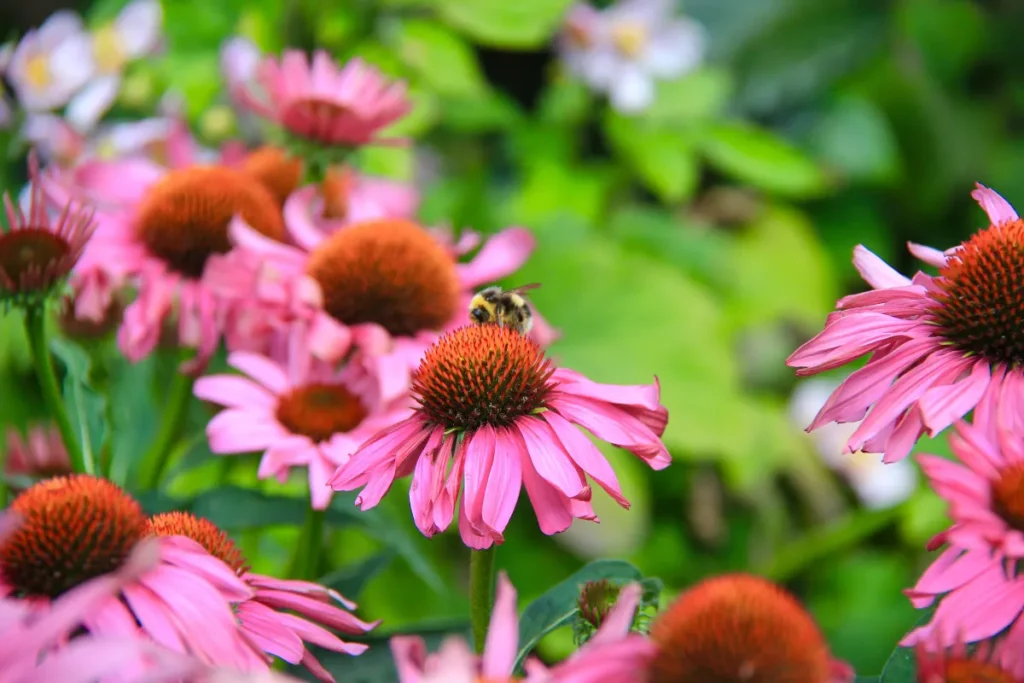
Coneflowers are beloved for their showy, daisy-like flowers with prominent raised centers.
They come in various colors, including purple, pink, white, and orange.
Coneflowers bloom from mid-summer to fall, providing ample nectar for bees and butterflies.
Their sturdy stems and drought tolerance make them low-maintenance additions to any pollinator garden.
Bee Balm (Monarda)

Bee Balm, also known as Oswego tea, is a North American native perennial loved by both bees and hummingbirds.
Its tubular flowers come in shades of red, pink, purple, and white, and they bloom profusely from mid to late summer.
Bee Balm thrives in moist, well-drained soil and prefers full sun to partial shade.
Black-eyed Susan (Rudbeckia)

Black-eyed Susans are cheerful perennials with bright yellow or orange petals and dark centers.
They bloom from mid-summer to early fall and are attractive to bees and butterflies.
Black-eyed Susans are drought-tolerant once established and thrive in full sun.
Butterfly Weed (Asclepias tuberosa)

As the name suggests, Butterfly Weed is a magnet for butterflies, especially monarchs.
Its vibrant orange flowers appear in mid-summer and continue into fall, providing essential nectar for butterflies during their migrations.
Butterfly Weed prefers well-drained soil and full sun.
Salvia (Salvia nemorosa)

Salvias are known for their spiky clusters of flowers that come in various shades of blue, purple, pink, and red.
They bloom from late spring to early summer and are highly attractive to bees and hummingbirds.
Salvias are drought-tolerant once established and prefer full sun.
Liatris (Liatris spicata)

Liatris, also known as Blazing Star or Gayfeather, is prized for its tall spikes of fluffy purple flowers that bloom from mid to late summer.
These flowers are particularly attractive to bees and butterflies, and they thrive in well-drained soil and full sun.
Phlox (Phlox paniculata)

Phlox are fragrant, showy flowers that come in shades of pink, purple, white, and red.
They bloom from mid to late summer and are highly attractive to butterflies and hummingbirds.
Phlox prefers moist, well-drained soil and full sun.
Catmint (Nepeta)

Catmint is a low-maintenance perennial with aromatic foliage and spikes of lavender-blue flowers that bloom from late spring to early summer.
It attracts bees and butterflies and is drought-tolerant once established.
Catmint thrives in full sun and well-drained soil.
Sedum (Sedum spectabile)
Sedums, also known as Stonecrops, are succulent perennials with clusters of star-shaped flowers that come in shades of pink, red, white, and yellow.
They bloom from late summer to fall and attract butterflies and bees. Sedums are drought-tolerant and prefer full sun.
Blanket Flower (Gaillardia)

Blanket Flowers are bright and cheery perennials with daisy-like flowers in shades of red, orange, and yellow.
They bloom from early summer to fall and attract bees and butterflies.
Blanket Flowers are drought-tolerant once established and prefer full sun.
Creating a Pollinator-Friendly Garden
To maximize the benefits of these perennial flowers for pollinators, consider the following tips:
Plant in Clumps: Pollinators are more likely to visit a garden with clusters of the same plant species rather than individual plants scattered throughout.
Provide Water: Pollinators need water, so include a shallow dish or basin with fresh water for them to drink from.
Avoid Pesticides: Opt for natural pest control methods to protect pollinators from harmful chemicals.
Include Diversity: Plant a variety of flowers that bloom at different times of the year to provide continuous food sources for pollinators.
Leave Some Bare Ground: Some pollinators, such as solitary bees, nest in the ground, so leave patches of bare soil or provide bee hotels.
By incorporating these perennial flowers into your garden and adopting pollinator-friendly practices, you can create a vibrant and sustainable ecosystem that supports the essential work of pollinators.
Whether you have a small urban garden or a sprawling rural landscape, every effort counts towards conserving these vital species and ensuring a thriving natural world for generations to come.


